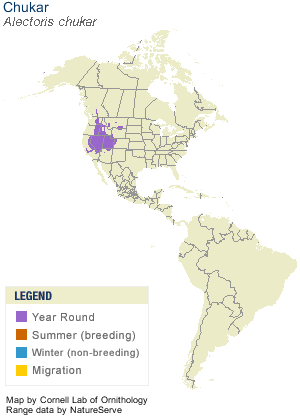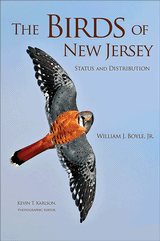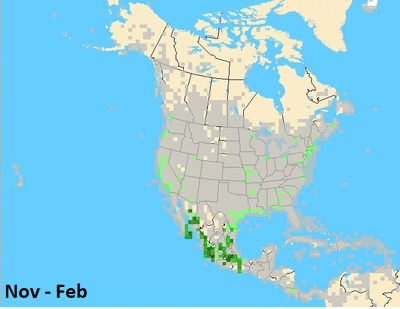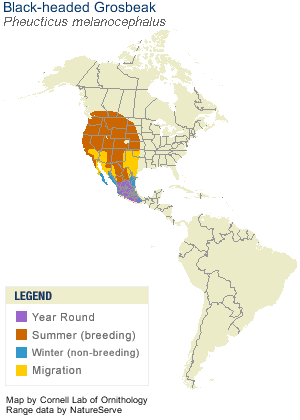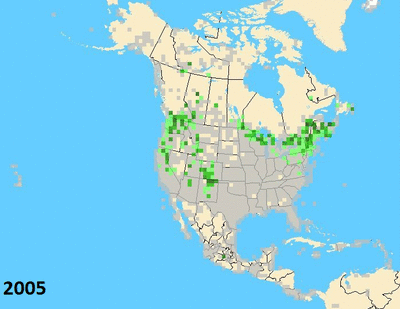 |
| Milt Moody Provo, Utah |
How did you get into birding? Did you or do you have a birding mentor and can you tell us about that person? Did you have a “spark bird”?
While walking around the mountains looking at the trees, shrubs and wild flowers in Payson Canyon, I heard a couple of interesting bird calls. I decided, at the point, that it might be good to know a little about the birds that where around the area. A little later, I got a bird guide and headed up the Alpine Loop to see what I could see. I pulled over near the summit and immediately saw what look to be a “regular brown-looking bird” fly into a tree across the road. I put my binoculars on it and I saw a yellow, black and white bird with a red face! I couldn’t believe the colors I was seeing – I was pretty much hooked at that moment, though I don’t know if I realized that at the time. Later my sister Patricia, who was a member of the newly-formed Utah County Birders organization, hooked my up with the group and I signed up for a birding class taught by Dennis Shirley. And the rest is history.
How long have you been birding? About 17 years
How often do you go birding? And where do you regularly go birding?
The frequency is quite variable, but in the summer I frequently bird up Provo Canyon in various places, especially near the mouth of the canyon, Vivian Park and South Fork Canyon.
Where is your favorite place to bird in Utah? In the U.S.? in the world?
My favorite place to bird in Utah might be Heber Valley. In the USA, maybe Hawaii or the Rio Grande Valley in Texas. And in the World, maybe Australia or Finland.
How would you describe yourself as a birder? A “watcher”, a “lister”, a “chaser”, “ticker”, “twitcher” all of the above, or something else?
I think I’m a “namer.” I’ve studied bird names in English, Finnish and Spanish as well as the scientific names including where they come from and what they mean. I do this pretty casually, so I’m a little bit nuts but maybe not completely crazy (there may be other opinions on this subject).
What kind of birding equipment do you use?
8 x 42 Bausch & Lomb binoculars, a Kowa spotting scope, a Nikon Coolpix camera with an adapter for digiscoping.
What is your favorite bird sighting and what is the story behind it?
I was visiting my brother in Haiti. In the back yard where I was staying I saw a large, long-tailed, curve-bill bird crawling up the limb of a large tree. It was a Hispaniolan Lizard-Cuckoo.
Any good backyard birding stories or amazing backyard bird sightings you can share?
A Yellow-breasted Chat surprisingly showed up one day – just passing through.
Which birding publications and websites do you read and recommend?
I go to UtahBirds.org pretty much every day.
Which is your favorite field guide and why?
Birds of Europe by Mullarney, Svensson, Zetterstrom and Grant is excellent in every way.
by Mullarney, Svensson, Zetterstrom and Grant is excellent in every way.
Are you involved with any local or national birding organizations?
I’m involved with the Utah County Birders. I’ve been the UtahBirds.org webmaster for about 12 years.
What is your nemesis bird? Black-tailed Gnatcatcher (link to Wikipedia about Black-tailed Gnatcatcher)
Outside of birding, what are your other interests or hobbies?
I like to study foreign languages (Finnish, Spanish and Russian), I like to learn about nature (trees, shrubs, and flowers mainly). I like to play a little guitar, piano and harpsichord now and then.
Total life list? 1,249 world species
Most exotic place you’ve gone birding?
Sacha Lodge near the Napo River in the Amazon rain forest of Ecuador
| Birder Profile is a weekly blog segment at "Birding is Fun!" spotlighting a fellow birder. If you would be interested in sharing a little about yourself and your birding experiences, please send me an email. Is there a birder you'd like to see featured? Please nominate that person by sending me an e-mail too. Enthusiasm for birding is the only prerequisite! |





